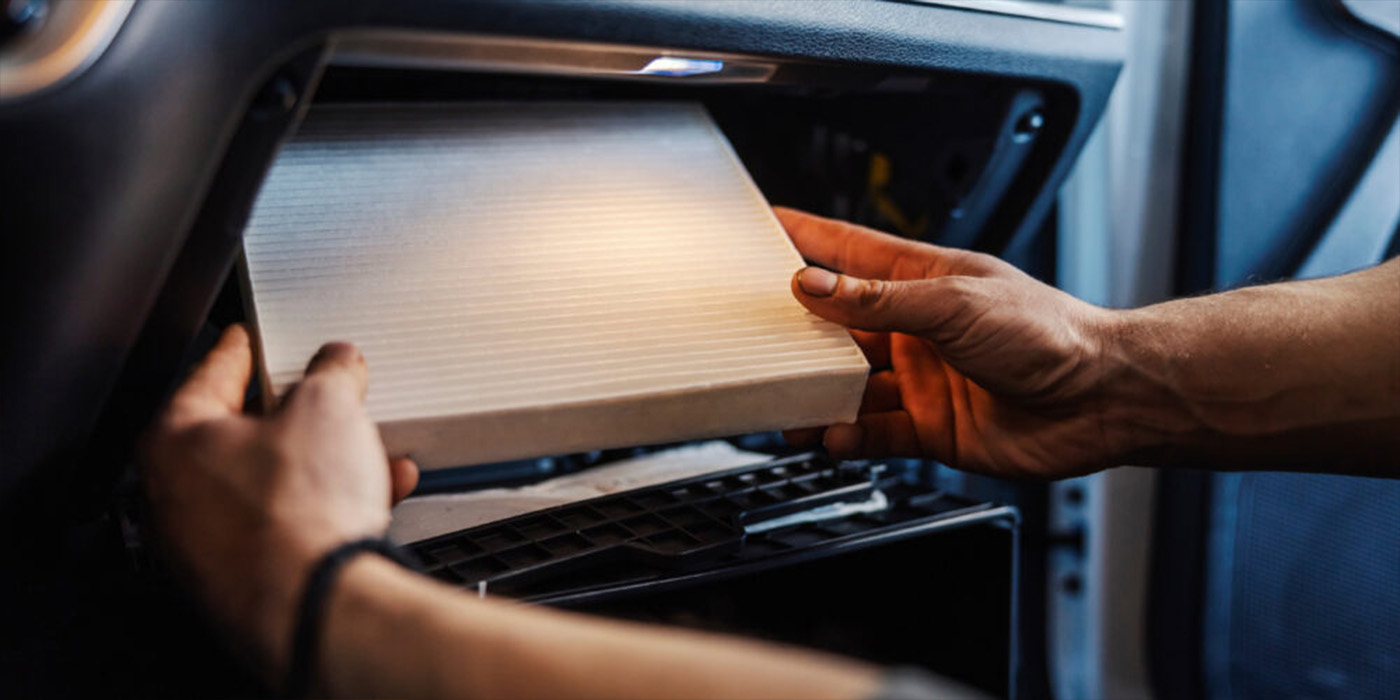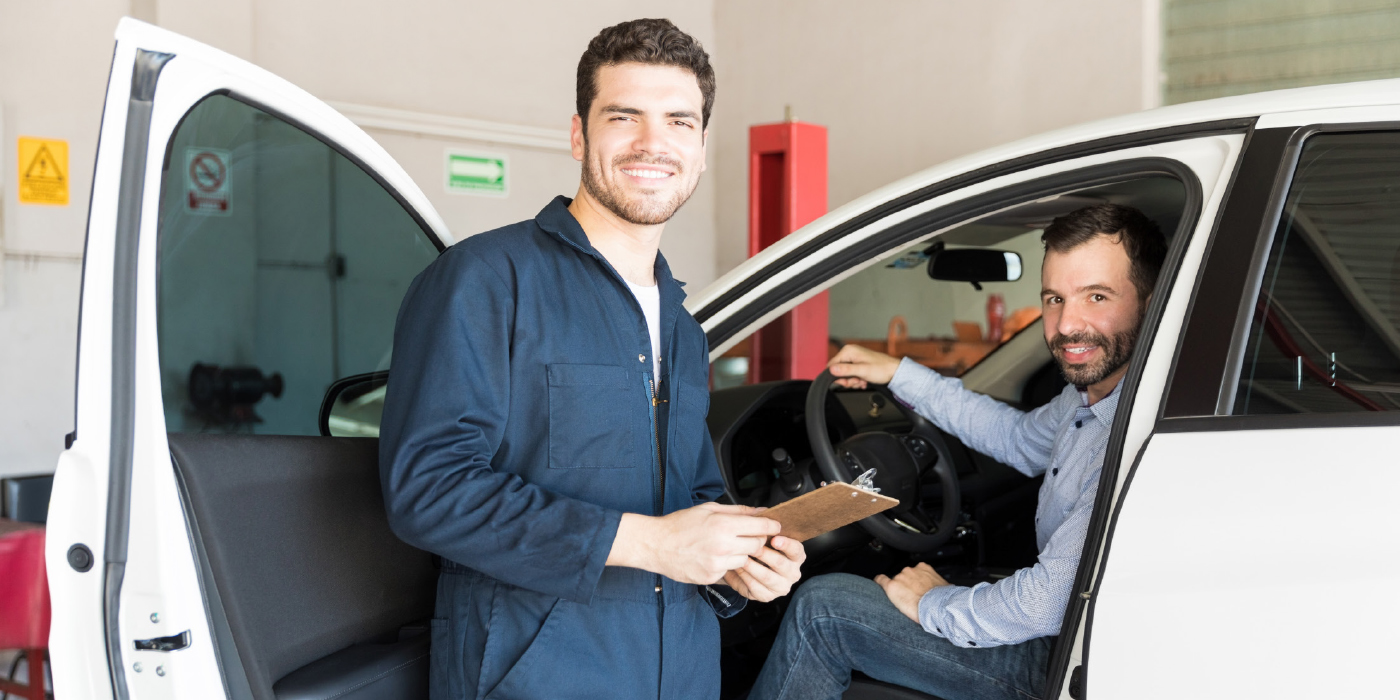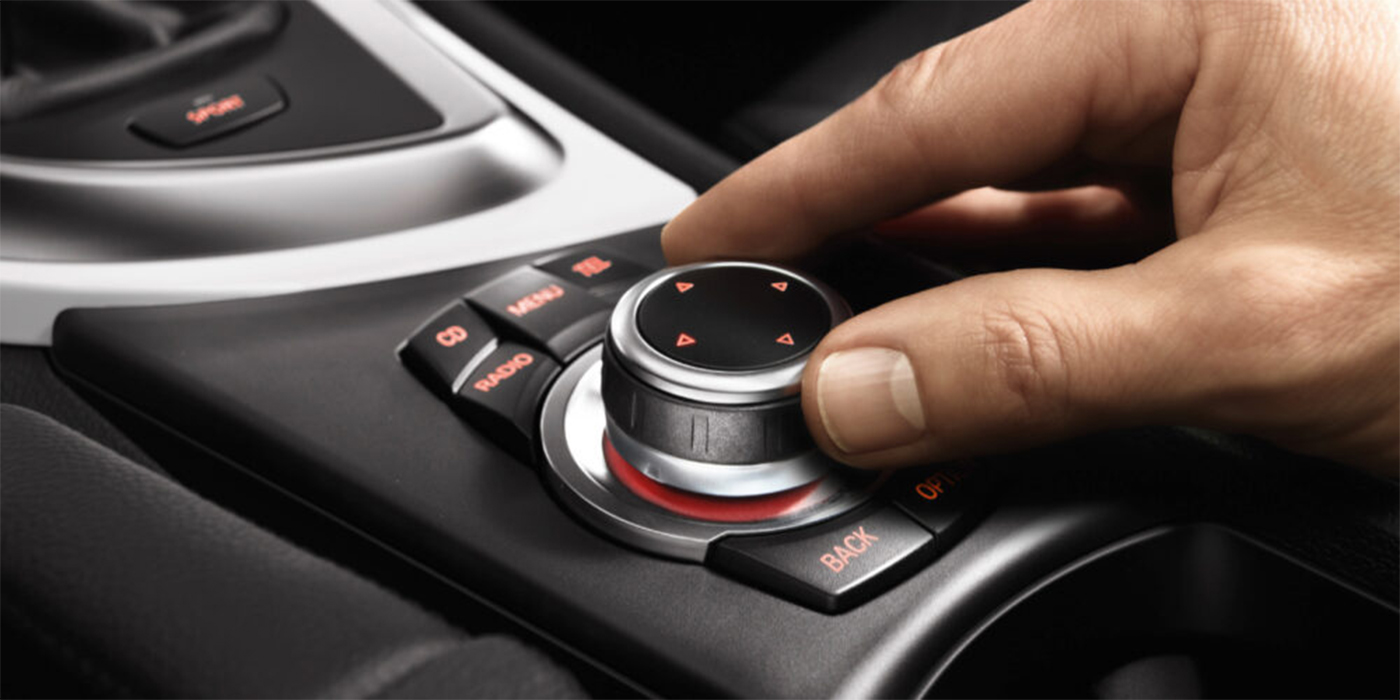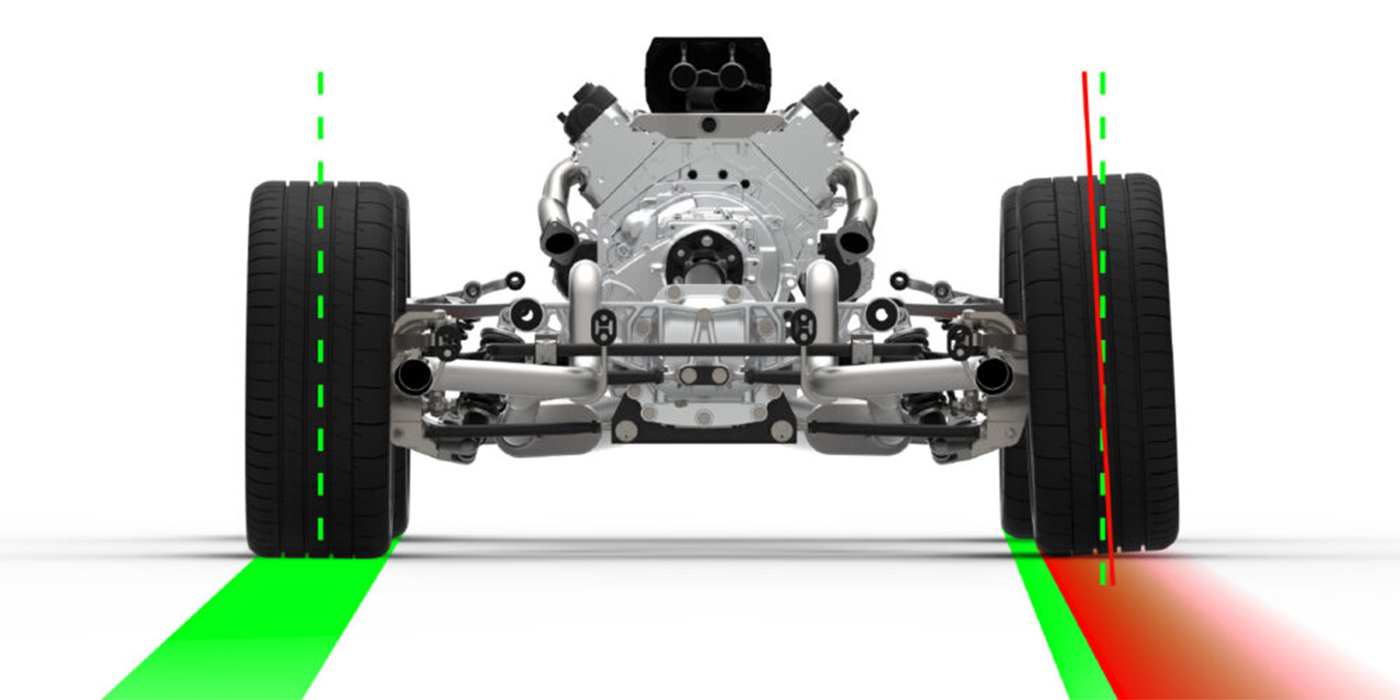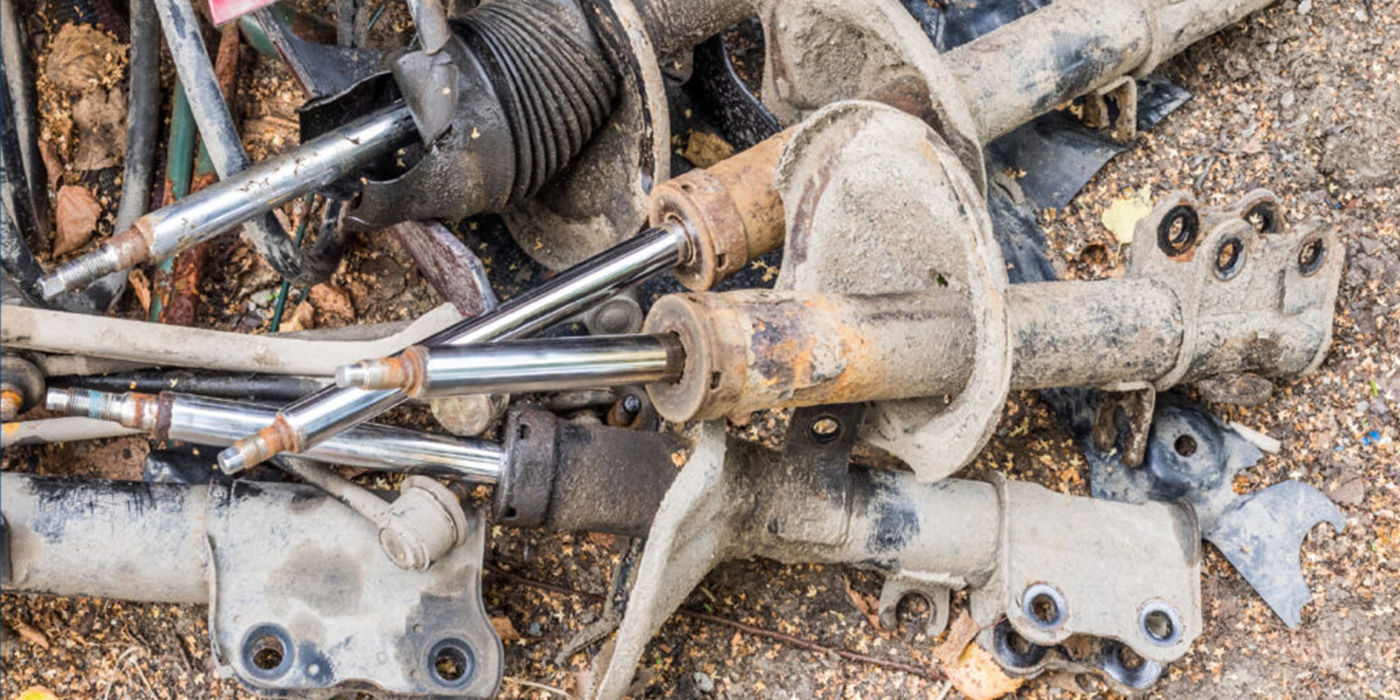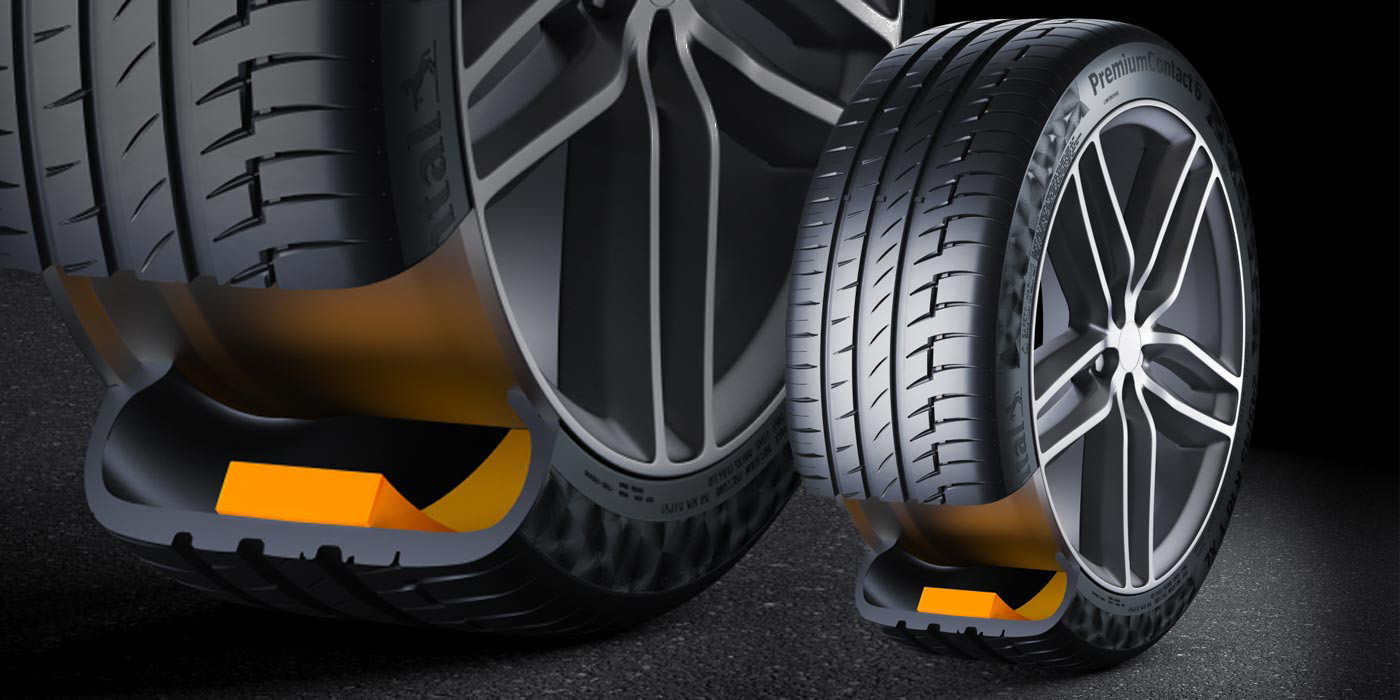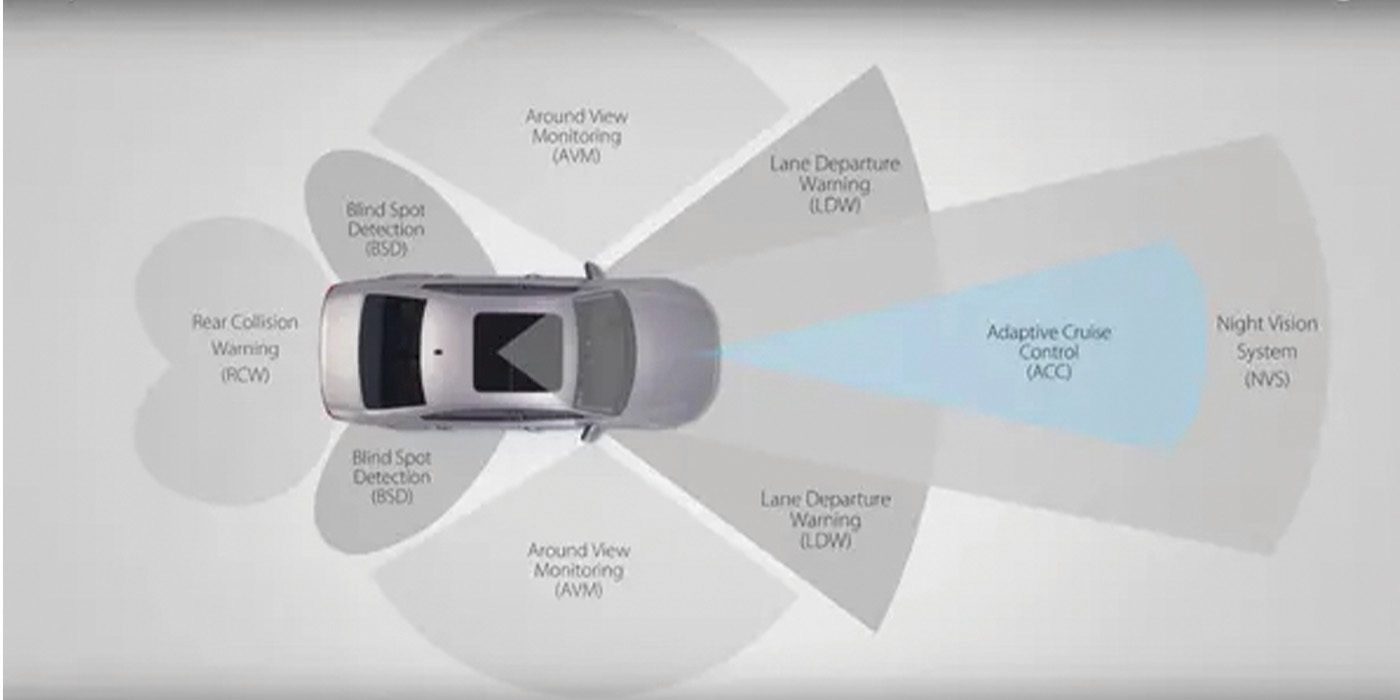By Steve Ferrante
As I travel around the country training tire and auto service businesses on sales and customer service, it has become clear that many salespeople are under the impression that they must aggressively work to close the sale when interacting with customers or they will lose the business.
This old school A-B-C (always be closing) approach can work to win some sales for short-term gains, but in the long-run, this aggressive routine seldom produces the lasting customer relationships that pay long-term dividends.
One of the ultimate truths of sales is that most everyone loves to buy but no one likes to be sold.
Contrary to this, I’ve seen far too many salespeople in and out of the tire/auto service industry who take a on an aggressive sales effort that would repel and have them heading out the door if they were in the customer’s shoes.
Extensive consumer research has proven that there’s a direct link between positive customer experiences and greater sales results and reveal that when there’s a disconnect between the way businesses go about selling their products and the way consumers want to buy them, sales results suffer.
A major dilemma contributing to high-pressure sales methods is that, frankly, sometimes they work. And when they do, it promotes a counterproductive situation where sales managers often preach to push harder and salespeople believe this hard-nosed approach is the right thing to do – unaware that they are ultimately losing more business (sales/profits) than they are gaining.
The massive industry of new automobile sales presents a great case study to understand the cause and effect of high- and low-pressure methods on customer satisfaction and long-term sales performance and profitability.
Automobile salespeople have traditionally been trained to play a game of cat and mouse with the customer and operate under the philosophy that customers don’t really leave to think about it and return to buy so they must sell hard given this is their only perceived chance.
Want to know how much that car you’re interested in costs to buy? They can’t tell you. Not happy with the price you’re quoted? They’ll have to “see the manager” to get a better price approved and, all the while, you’ll be held hostage at the mercy of the dealership.
This unaccommodating process often leads to customers who are not satisfied with their shopping experience, depart the dealership without purchasing and do not return to buy, leaving management to instruct their salespeople that they must push harder for the sale when the customer is there – a vicious cycle.
As documented in the book Satisfaction by J.D. Power and Associates, low-pressure and high-pressure sales methods are drastically different in terms of producing customer satisfaction and sales/profits results. In their analysis of the automotive industry, they evaluated the impact of customer satisfaction on sales and profitability for the brand and concluded that the high-satisfaction group increased by more than 40%, while the low-satisfaction group actually lost sales.
Beyond manufacturer concerns of product quality and execution, a major contributing factor to customer satisfaction ratings was the customer’s feelings towards their sales and service experience at the dealership. Brands like Lexus and Acura that excelled in dealership sales and service ratings performed dramatically better in both sales and profit performance than did the brands like Ford and Dodge that scored low satisfaction ratings in these customer experience areas.
Like automobile dealerships, independent tire dealers do not manufacture and control the product offerings but they do control the customer experience. In the automobile industry, the dealerships that performed best in sales had the best customer experience ratings that included a process where customers did not believe they had to play a game or felt pressured into buying. Instead, they were made comfortable by an environment with accommodating and informative salespeople who helped them buy – rather than trying to sell them.
A good friend of mine recently took his car to a local auto service center for a state inspection and commented to me that it was a great experience, saying that unlike the previous several places he had taken the family vehicles for their annual stickers, this place did not try and sell him anything.
Instead he told me they simply gave him a print out of all the recommended service items for the vehicle and used a “just so you know” educational approach. “That’s what I want, I don’t want to be sold anything, I just want to know what the car really needs, then I can decide if and when to buy on my terms,” he said. He finished with, “I’ll bring my cars there from now on.”
Imagine that, they didn’t try to close the sale, yet they have successfully opened the relationship and created a long-term customer that has and will continue to buy from them. There’s a lesson in there somewhere…
Courtesy of TIRE REVIEW Magazine.

